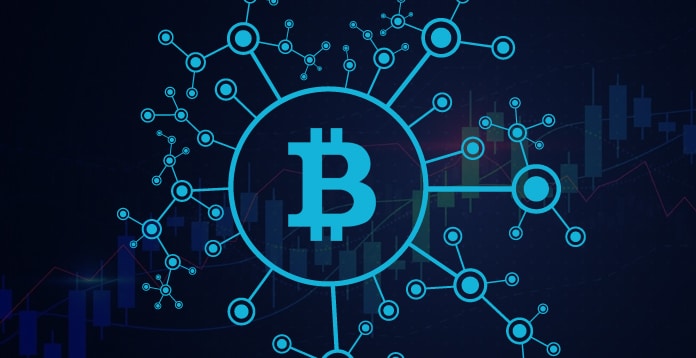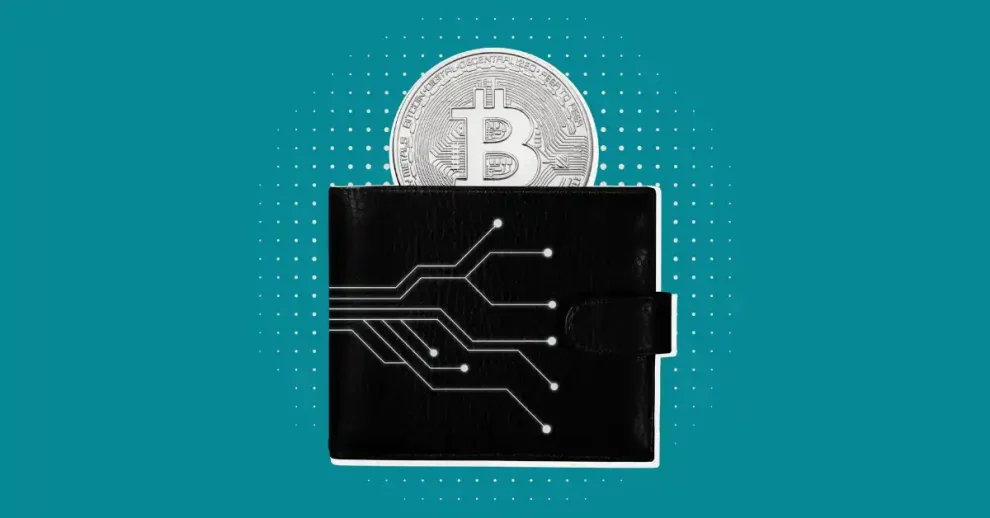The buzz is palpable. Old-school Bitcoin enthusiasts and newcomers alike are gathered around screens, watching transaction logs with bated breath. The cause of this excitement? Over a dozen early Bitcoin wallets, dormant for over a decade, have suddenly sprung back to life.
In recent months, these wallets – among the first active on the network between 2009 and 2010 – have moved a staggering $35 million worth of Bitcoin to new addresses and crypto exchanges. This flurry of activity coincides with the announcement of a new HBO documentary, “Money Electric: The Bitcoin Mystery,” set to air on October 9th, 2024, potentially shedding light on the identity of Bitcoin’s enigmatic creator, Satoshi Nakamoto.
The Awakening of Satoshi-Era Wallets
On September 20th, 2024, the crypto world witnessed a significant event. Five wallets, untouched since 2009, transferred a combined 250 Bitcoin – worth approximately $15 million – to new wallets. These weren’t just any old wallets; they were among the earliest on the network, active when Bitcoin was still a niche project known only to a handful of cypherpunks.
It’s like seeing a digital fossil come to life,” remarks Sarah Chen, a blockchain analyst I spoke with at a local crypto café. “These wallets have been dormant since Satoshi was still active on the forums. Their sudden movement is unprecedented.”
But this wasn’t an isolated incident. A month earlier, another wallet containing 250 Bitcoin mined in 2010 performed a similar maneuver. Additionally, several smaller wallets that had been inactive for over a decade transferred millions of dollars worth of Bitcoin to new wallets and crypto exchanges Kraken and Binance.

The Satoshi Nakamoto Mystery
As we delve deeper into this story, it’s impossible to ignore the elephant in the room – or rather, the ghost in the machine. Satoshi Nakamoto, the pseudonymous creator of Bitcoin, has been crypto’s greatest mystery for over a decade.
“Nakamoto’s identity has been the holy grail of the crypto world,” explains Dr. Marcus Freeman, a cryptography historian I interviewed at a nearby blockchain research center. “Everyone from early Bitcoin collaborators to international drug dealers has been suggested as the potential Satoshi.”
The timing of these wallet movements, coupled with the upcoming HBO documentary, has reignited speculation about Nakamoto’s identity. Could these transactions be linked to information revealed in the documentary?
However, not everyone is convinced that these wallet movements are directly linked to Satoshi Nakamoto.
While it’s tempting to connect these transactions to Satoshi, we need to consider other possibilities,” cautions Elena Rodriguez, a cryptocurrency forensics expert I consulted. “Many of these wallets continued making transactions after Nakamoto’s final known message in April 2011. Satoshi’s confirmed wallets have remained untouched.”
Rodriguez suggests alternative explanations. Some early Bitcoin holders, inactive for years, might now be moving their assets for various reasons. These could include release from legal or personal constraints.
“We can’t rule out the possibility that some of these wallets belonged to individuals involved in early crypto-related criminal activities,” Rodriguez adds. “The average sentence for drug trafficking offenses is between six and 15 years. Some early Silk Road participants might be regaining access to their wallets now.”
The mention of Silk Road, the infamous dark web marketplace, adds another layer to this unfolding drama. In 2023, the Department of Justice seized $54 million of crypto belonging to convicted Silk Road drug dealer Christopher Castelluzzo.
“Castelluzzo’s case is a stark reminder of the long arm of the law in the crypto world,” says Special Agent Thomas Blake, whom I interviewed at a nearby federal building. “Even after years of dormancy, these assets can be traced and seized.”
The Early Days of Bitcoin Mining
As we parse through the possibilities, it’s crucial to remember the landscape of Bitcoin’s early days. Posts on Bitcointalk, an early forum for enthusiasts, reveal that many people were mining Bitcoin between 2009 and 2010.
“Back then, you could mine Bitcoin with your average home computer,” reminisces Jake Thurston, an early Bitcoin miner I met at a local crypto meetup. “It wasn’t uncommon for tech-savvy individuals to accumulate significant amounts of Bitcoin almost by accident.”
This wide distribution of early mining activity makes it challenging to attribute these awakened wallets to any single individual or group.
The Countdown to “The Bitcoin Mystery”
As October 9th approaches, the crypto community is holding its collective breath. Will HBO’s “Money Electric: The Bitcoin Mystery” finally unveil the face behind the Satoshi Nakamoto pseudonym?
“Regardless of what the documentary reveals, these wallet movements have already stirred up the crypto world,” notes Chen as we conclude our interview. “It’s a reminder of how young this technology is, and how much of its early history is still shrouded in mystery.”
In conclusion, the sudden activity of these Satoshi-era Bitcoin wallets has reignited interest in the origins of cryptocurrency. Whether linked to the upcoming HBO documentary, the result of legal proceedings, or simply long-term holders deciding to move their assets, these transactions serve as a fascinating glimpse into the early days of Bitcoin. As the crypto community eagerly awaits “The Bitcoin Mystery,” one thing is certain: the enigma of Satoshi Nakamoto continues to captivate the digital world.
















Add Comment